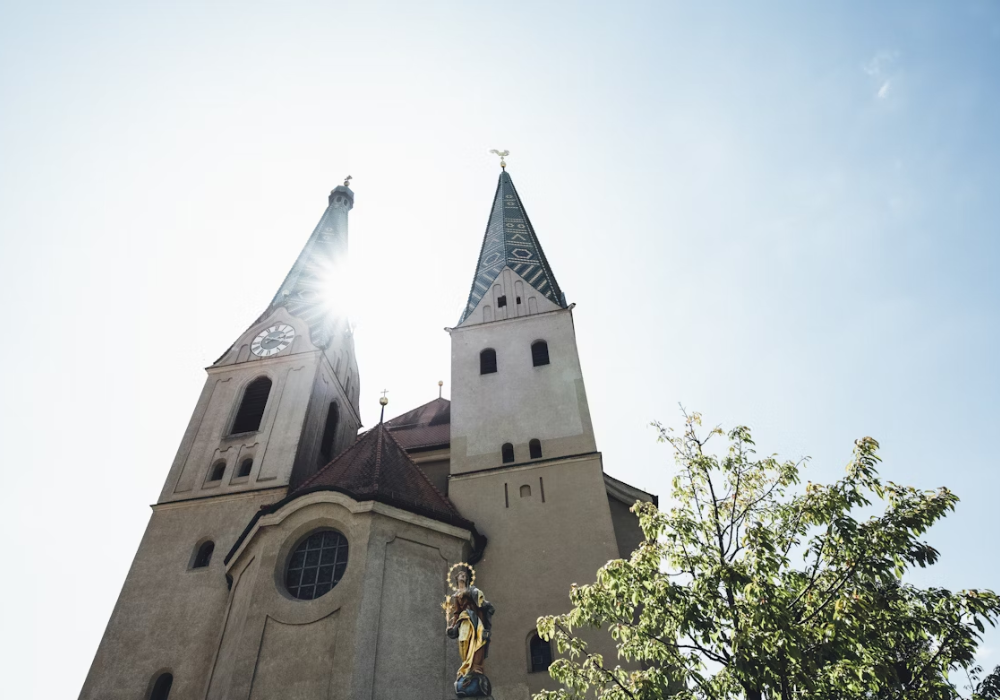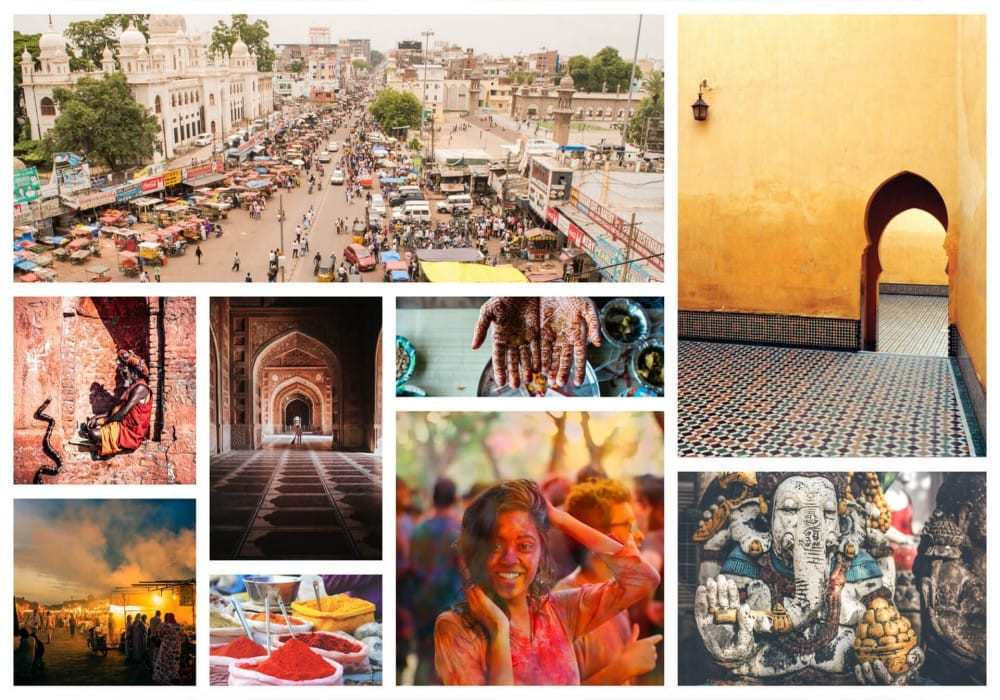
Last Updated At: 28-Jul-2025
Why Historic Churches at Tourist Sites Are Investing in Smart Security Monitoring
Tourism has long been a lifeline for many historic churches and temples across the world. From architectural marvels to sacred pilgrimage sites, these places welcome millions of visitors annually. However, with growing foot traffic comes an increased responsibility to ensure the safety of worshippers, tourists, and the centuries-old treasures these sites preserve.
This evolving landscape has led many religious institutions to turn toward church security monitoring systems—integrating modern surveillance and real-time threat detection into some of the most sacred spaces in the world.
The Need for Modern Security in Historic Churches
Historic religious buildings aren’t just places of worship; they’re also cultural and architectural landmarks. However, their open-door policy, large crowds, and limited physical security make them vulnerable to several risks:
- Vandalism or theft of sacred art and artifacts
- Unauthorized access to restricted or sacred areas
- Terror threats or active shooter scenarios
- Loitering, trespassing, or after-hours entry
- Overcrowding or public safety emergencies
Given these challenges, many churches now see the value in upgrading to smart, AI-powered church security monitoring systems that offer round-the-clock protection without compromising the visitor experience. Solutions like Coram provide real-time alerts, facial recognition, and non-invasive surveillance tools designed to protect both people and priceless heritage assets.
Smart Security Monitoring: What It Looks Like Today
Modern security systems for churches combine several technologies to create a seamless layer of protection. These include:
- High-definition IP cameras that offer wide-angle views of entrances, altars, halls, and courtyards
- Facial recognition features to detect banned individuals or identify persons of interest
- AI-powered weapon detection systems that alert staff if a firearm or dangerous object is spotted
- Environmental sensors to monitor smoke, fire, or unauthorized entry
- Remote dashboard access allowing administrators and clergy to monitor camera feeds from anywhere
These technologies help security teams respond quickly to incidents, conduct investigations efficiently, and ensure the safety of all occupants and assets.
Case Study: The National Cathedral, Washington, D.C.
One of the most visited religious landmarks in the United States, the Washington National Cathedral draws hundreds of thousands of visitors every year. With its sprawling grounds, historical artifacts, and ongoing public events, the need for comprehensive security is clear.
In recent years, the Cathedral has upgraded its systems to include IP-integrated security cameras, access control points for restricted areas, and real-time monitoring. While maintaining its serene and open atmosphere, the Cathedral has improved response times and reduced incidents of unauthorized access.
Why AI Is Key to Preserving Cultural Heritage
Artificial intelligence plays a pivotal role in church security monitoring today. Rather than relying on passive cameras that simply record footage, AI-enabled systems actively scan for potential threats in real time.
Key capabilities include:
- Loitering detection: Identifies individuals staying in one place too long near restricted or valuable zones
- Object tracking: Follows unusual movement of items such as unattended bags or removal of sacred artifacts
- Facial recognition alerts: Flags known offenders or individuals banned from entry
- Gun detection: Instantly alerts staff if a weapon is detected in view
These features enable faster decision-making and reduce reliance on human surveillance, which can be prone to error, especially in high-traffic tourist locations.
Balancing Hospitality with Protection
Historic churches and temples have a dual mission: remain open and welcoming to guests while preserving sacred and cultural integrity. Smart surveillance systems help strike this balance.
By focusing on non-invasive security—such as discreet ceiling-mounted cameras or AI systems that only alert during suspicious activity—churches avoid creating an environment that feels overly policed or impersonal. Visitors can explore, worship, and learn in peace, while staff remain quietly vigilant behind the scenes.
Other Notable U.S. Church Sites Enhancing Security
1. St. Patrick’s Cathedral – New York City
Located in the heart of Manhattan, this iconic church hosts thousands daily. Upgraded church security monitoring includes crowd control systems, access point cameras, and AI-enhanced surveillance for high-profile services and events.
2. Mission San Juan Capistrano – California
A historic Catholic mission and popular tourist site, the church recently integrated surveillance systems to manage large seasonal crowds and safeguard its priceless relics and 18th-century buildings.
3. The Cathedral Basilica of St. Louis – Missouri
Known for its stunning mosaics, this basilica uses real-time video monitoring and door access control to manage both weekday tourists and Sunday worshippers effectively.
International Landmarks Taking the Lead
It’s not just U.S. churches making the move to modern security. Globally recognized places of worship are also prioritizing surveillance upgrades:
- Notre-Dame Cathedral, Paris (post-restoration efforts include enhanced surveillance)
- Sagrada Familia, Barcelona (crowd control and AI camera integration)
- Kiyomizu-dera Temple, Kyoto (perimeter monitoring and non-intrusive surveillance for tourist groups)
These examples show a worldwide shift toward blending heritage with high-tech security.
The Future of Church Security Monitoring
Looking ahead, expect to see even more innovations such as:
- Integration with mobile apps for visitor scheduling and emergency alerts
- Cloud-based surveillance platforms for multi-site management by dioceses or religious networks
- Data analytics dashboards to track trends in foot traffic and potential vulnerabilities
Churches that embrace these tools are not only improving their readiness but also showing stewardship of sacred sites for generations to come.
Final Thoughts
As tourist volumes increase and public safety remains a global concern, church security monitoring systems are no longer optional for historic religious sites—they’re essential.
By adopting smart surveillance technology, churches protect their cultural legacy, maintain operational control, and ensure a safe, welcoming environment for all who enter. Whether in bustling cities or serene countryside, the goal is the same: let faith and history thrive, without compromising safety.
--- Published By Adotrip
Latest Blogs

One Day Picnic Spot Near Pune - Adventure, Trekking and Natu...

One Day Picnic Spots Near Mumbai - Monsoon, Adventure, Beach...

The Best Places to Go in Thailand in 2025

5 Famous Shakti Peethas in Himachal Pradesh














 Dubai
Dubai Malaysia
Malaysia USA
USA





